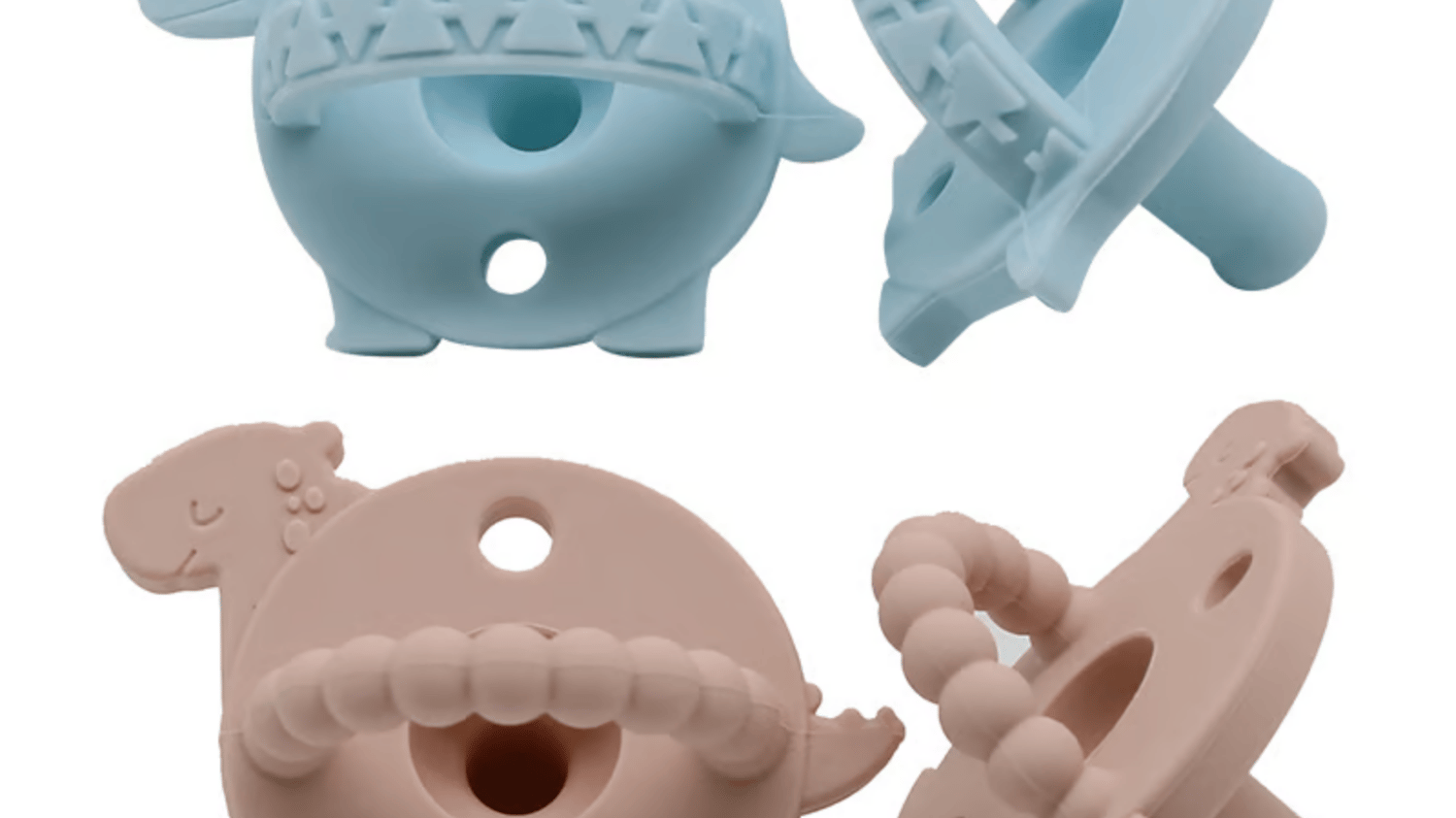Dummy or Soother: What’s in a Name?
For new parents, the world of baby products can be overwhelming. One common item that can cause some confusion is the pacifier, or as it’s called in some parts of the world, the dummy or soother. What’s the difference between these terms, and is there a difference in the product itself? Let’s take a closer look.
What is a Dummy?
In some countries, especially the UK and Australia, pacifiers are known as dummies. This name originated from the fact that the original pacifiers were made from ivory or bone, and were thought to be dummies (or fake teeth). In modern times, however, the term dummy simply refers to the pacifier.
What is a Soother?
Another name for the pacifier is the soother, which is commonly used in Canada and parts of Europe. As the name suggests, the purpose of the soother is to soothe or comfort the baby.
What’s the Difference between a Dummy and a Soother?
Ultimately, the only difference between these terms is their regional usage. They are simply two different names for the same product.
How Do Pacifiers Work?
Pacifiers are designed to provide babies with a sense of comfort and security. The sucking motion can be soothing, and the pressure on the roof of the mouth can help to calm a fussy baby.
Do Pacifiers Have Any Risks?
While pacifiers can be useful tools for parents, they do come with some potential risks. Extended pacifier use has been linked to dental problems, and can also interfere with breastfeeding if introduced too soon. Additionally, pacifiers can become a sleep association, meaning that babies may rely on them to fall asleep, leading to nighttime wakings.
When Should You Introduce a Pacifier?
Experts recommend waiting until breastfeeding is well-established before introducing a pacifier. This usually means waiting until the baby is at least one month old. However, every baby is different, so it’s important to talk to your pediatrician about when it’s appropriate to introduce a pacifier.
How Do You Choose a Pacifier?
There are many different types of pacifiers to choose from, ranging from traditional bulb-shaped pacifiers to orthodontic pacifiers designed to promote proper mouth development. Additionally, pacifiers come in a variety of sizes and materials. It’s important to choose a pacifier that is appropriate for your baby’s age and size, and to choose a material that is free from harmful chemicals such as BPA.
How Do You Clean a Pacifier?
Pacifiers should be washed regularly with soap and water. Some pacifiers can also be sterilized using a sterilizing solution or by boiling. It’s important to follow the manufacturer’s instructions for cleaning and sterilizing your specific pacifier.
When Should You Stop Using a Pacifier?
Pacifiers are typically used until the baby is between six months and one year old. Ideally, pacifier use should be stopped before the baby’s first birthday to avoid any potential dental problems. However, every child is different, and it’s important to talk to your pediatrician about when it’s appropriate to stop using a pacifier.
Bottom Line: What’s in a Name?
Whether you call it a dummy or a soother, the pacifier is a common baby item that can provide parents with a sense of relief. It’s important to be aware of the potential risks associated with pacifier use, and to follow best practices for introducing and using pacifiers. By doing so, you can help to ensure that your little one is happy, healthy, and soothed.

